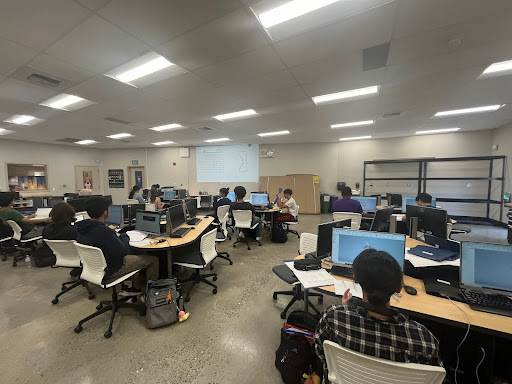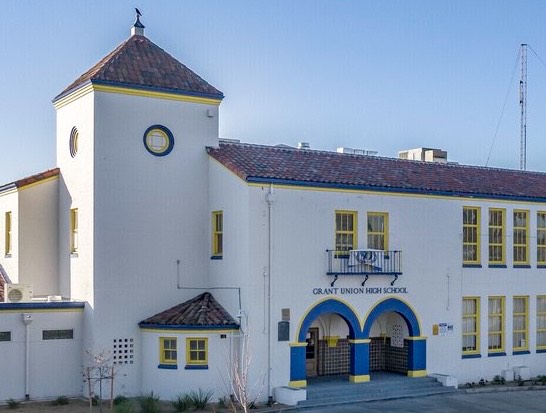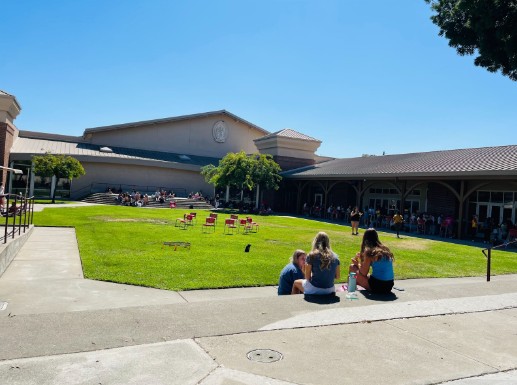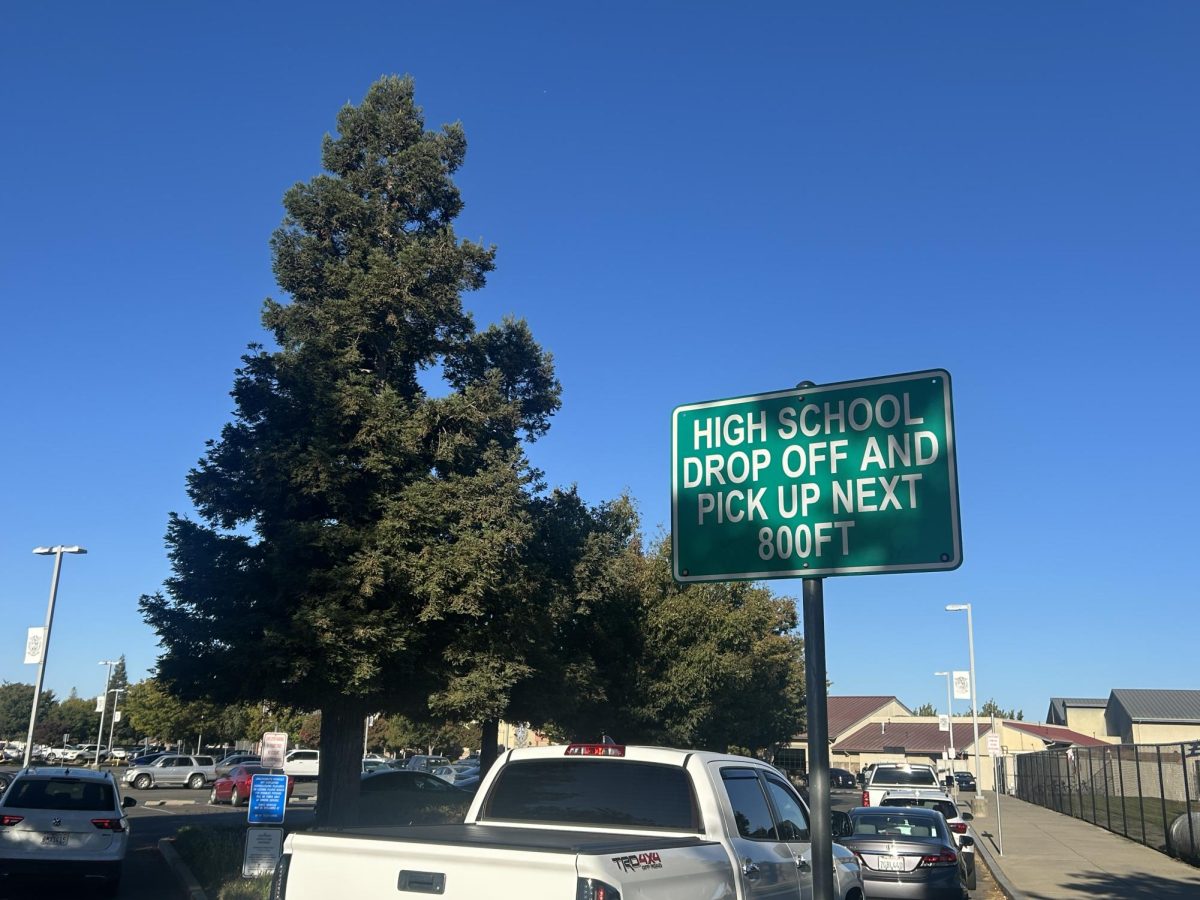Over the summer, Franklin High School started renovating several of its science, technology, engineering, arts and mathematics classrooms.
The revamp, which was funded by the Elk Grove Unified School District, resulted in new and significant technology updates for Franklin’s animation and engineering classrooms – including a switch from Mac and Z1 computers to Windows PCs and revamping the classroom setups.
The school’s principal, Adam Wood, said the new additions to the STEAM classrooms are “state of the art technology.”
“You can’t get access to this equipment and technology anywhere else when you’re 16 years old,” Wood said. “It’s an incredible opportunity of state-of-the-art equipment, 3D printers and qualified instructors that gets our students excited to be here.”
Wood said one of his goals is to get students connected to the many opportunities available to them at Franklin.
“My biggest thing as a principal is I want something here at school that our students get excited to be here for, ” Wood said. “For a lot of the students in STEAM, it’s the projects they do and some of the opportunities they have.”
Wood said he strongly believes that “those resources are well spent, and that class is so important because it’s learning what these kids can use after high school, and it’s also engaging them about being at Franklin.”
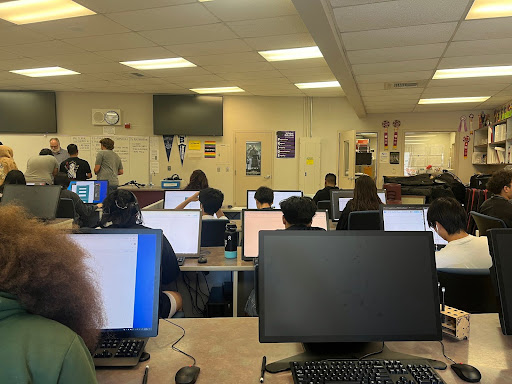
Brad Clark, an animation teacher, said the upgrade from Macs to Wacom Cintiq Pro 17 computers in his classroom has been a long time coming.
“This was something that was in the works for about a year,” Clark said. “It was a major investment from the district with the goal of putting in students’ hands the actual tools that are used in the real-world industry.”
Clark said the technological advances in his classroom will give students better tools to work with.
“What we received were a major upgrade in technology, with Wacom tablets that permit students to directly draw right on the monitors and new powerful Windows PCs that replaced computers that would have been seven years old this year,” Clark said.
Compared to the new computer tools, Clark said the old Macs “did not allow students to draw as expressly with broader strokes and had a very small drawing space for students,” whereas the new computers are “much easier for (district techs) to maintain these computers remotely and will require less hours in our lab taking care of issues that come up with them.”
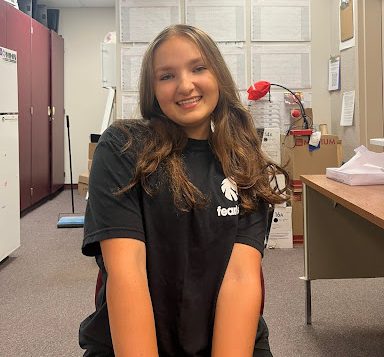
Julia Kurudimov, a current senior and advanced animation student, said using the Wacom Cintiq Pro 17s is better than using the older Macs.
“The Mac’s were easy to work with, considering how old they were, but we ran into issues when it came to uploading some programs, ” she said. “An example of this would be our 3D software, Maya, which would regularly crash and generally make you lose all of your progress if you did not hit save.”
Kurudimov said the Macs constantly overheated and were “difficult to negotiate.”
“For the Macs, we had to plug in our tablets every single time that we would come in, and sometimes those cords would rip and were very fragile and could ruin your whole station, ” she said. “Now with these new ones, everything’s plugged in already.”
In addition, Kurudimov said there were “tablets that we’d have to stand up by group, and it was very time consuming. Now we can come in, we can log in and get started on our work.”
Chris Alburn, an engineering and architecture teacher, said his classroom is currently still in the process of being renovated, but the Z1 computers have been replaced by ThinkStation p360 Windows computers.
The entire classroom is being renovated, along with new lab stations, electrical and data outlets, 3D mills and printers and new ceiling tiles and lighting.
“Our previous classroom was 20 years old and outdated with students just facing forward as a lecture hall,” Alburn said. “What this new setup allows is students to collaborate and share their ideas and communicate their thoughts with their peers, to get feedback.”
Alburn said the differences in performance are palpable.
“The graphics (on the new ThinkStation p360s) are incredible,” Alburn said, “so when rendering in Revit, the students’ work is a lot faster and quicker.”
Alburn said he’s excited about his students being able to use better resources that are faster and more engaging.
“I’m really looking forward to students being able to have tangible objects in their hands,” he said. “Previously, we only designed computers, and you can then see your parts on the computer screen or on a print on a piece of paper. Now, the students will be able to see it in 3D printing or professionally with the mills.”
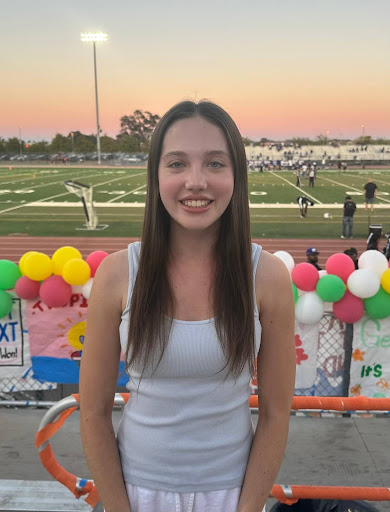
Laney Garbarino, a current junior and engineering student in Alburn’s class, said she especially appreciates the new layout in the renovated classroom.
“Before the renovations started, our classroom was organized in four rows, each with six to 10 students in each row, which hindered my ability to see the whiteboard,” Garbarino said. “And the rows made it difficult to navigate the classroom.”
Garbarino said she’s thrilled with the new classroom setup and the revamp.
“We no longer sit in rows, but rather triangular tables that allow the students to face each other and better interact with one another,” Garbarino said. “With the new addition of the 3D printers and mills, the students in this course are now able to physically create the objects that they are designing. It is also really rewarding to see your work in the online programs translated into tangible objects because it stimulates real engineers’ process of designing, manufacturing, and testing it to make any changes, if necessary.”
And, Garbarino said, the changes are still coming – and they’ll bring even more positive changes.
“Even though the classroom isn’t complete,” she said, “my classmates and I can already see the benefits of the new classroom.”
Franklin High’s computer training and support specialist, Dave Dhanda, said it was clear the STEAM classroom layouts needed to change.
One major problem in Alburn’s classroom was the “concern that the current layout of the student’s desks wasn’t working and needed to change for collaboration among students,” Dhanda said.
Dhanda said the reconfiguration process in STEAM classrooms was challenging – but worth it.
“Installation … took over three days, and it was somewhat hectic due to construction not being completed until the last week of summer,” he said. “(The systems in Clark’s classroom) were completed during the summer in one day without any serious issues arising.”
Dhanda said the renovations will help teachers emphasize more engagement for students.
It will “open engaging opportunities for collaboration among students,” he said, and “having touchscreen Wacom displays will offer students advanced opportunities to learn and experience working with media graphic applications.”
